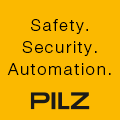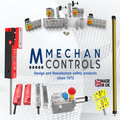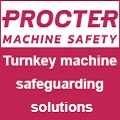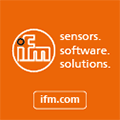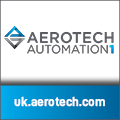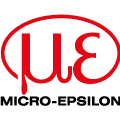
Posted to News on 27th Oct 2009, 12:25
Why machine builders should use 3D printing
Having previously been sceptical about 3D printing applications in the field of machine building, Jon Severn met Peter Hansford of Z Corporation at the TCT 2009 exhibition and was persuaded of the technology's potential.

If you are a machine builder you may have heard about 3D printing, the rapid prototyping technology that enables models to be manufactured quickly and cost-effectively, typically for assessing a design's physical form. Some machines are capable of creating monochrome models while others can create full-colour models. But you may be wondering how this technology can be of use in the design and development of machinery.
Of course the answer to this question rather depends on the type of machinery on which you are working, but there are plenty of diverse applications for 3D printing and you may come up with alternatives beyond those outlined below.
Companies tendering for high-value projects, for which an amount of up-front design effort is required, are finding that either exterior models or cutaway models can be powerful tools for presentations, especially after the 'show' is over and the PowerPoint slides are no longer being projected onto a screen. A physical model can provide long-lasting and tactile impact that can be more persuasive than graphics, especially for non-technical decision-makers.

The bigger picture
In some cases, perhaps where several linked machines are being installed, it can be beneficial to create a 3D printed model of the entire layout, including any relevant features in the factory such as support columns. This can help the installation and commissioning process run as smoothly and efficiently as possible. It is also possible to model piping runs to ensure that there are no clashes.
With colour 3D printing machines the possibilities are extended even further. Colours can be used to indicate different materials, processes or to highlight cut faces in cutaway models. Furthermore, software enables 'labels' to wrapped around a model so that, for example, a model can be printed with instructions marked on the side to eliminate ambiguities relating to orientation, tolerances, surface finishes or so on. If different tolerances are required for machined features, these can be colour coded and labelled. Note that colouring and labelling can typically be carried out using intuitive software supplied with the printer, so users do not have to be experts in CAD or solid modelling in order to create enhanced physical models.
If a machine is being developed for assembling a component with a complex form, it may be desirable - and wise - to use a 3D printer to create a model of the proposed nest design and check the fit before committing to the expense of having multiple nests machined from steel. And if a complex mechanism is being designed, a full-size or over-sized model could be printed to check the operation.
Colour for communication
If designers are using tools such as finite element analysis to verify a component's performance, a 2D printed model can be created for use in presentations, brainstorming sessions or other environments where a physical model is more appropriate than documents or a 3D model manipulated on a computer screen.
As was suggested above, the true potential for 3D printing is limited only by a designer's imagination. The cost of a 3D printer depends on various parameters, such as the build envelope, whether the machine prints in colour or monochrome, and the speed, but prices start from under 20,000. Of course, machine builders nervous about purchasing a 3D printer of their own can initially make use of the bureau services that are available available.
Follow the link to find out more about the Z Corporation range of 3D printers or read about the company's latest product, the affordable, fast and easy-to-use ZPrinter 350.
Want the latest machine building news straight to your inbox? Become a MachineBuilding member for free today >>




